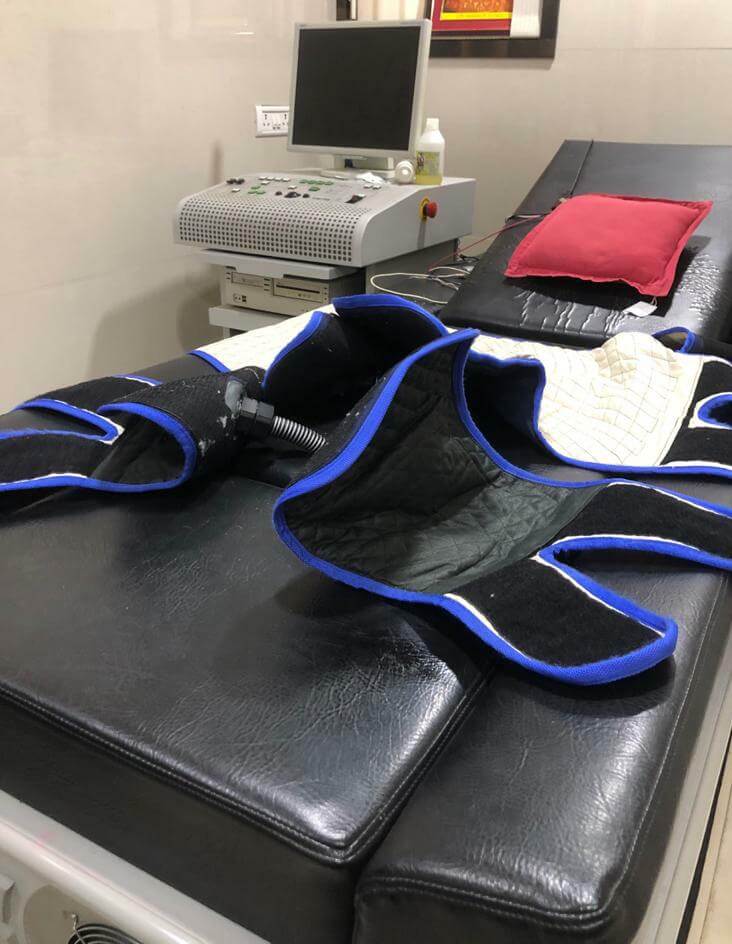
Who is a candidate for MITRA CLIF?
- Have mitral valve regurgitation, confirmed through diagnosis.
- Are experiencing symptoms like shortness of breath or fatigue.
- May not be suitable for traditional open-heart surgery.
- Are assessed and recommended by a cardiac specialist.
- Are evaluated based on individual health and medical history.
What does MITRA CLIF look and feel like?
The MITRA CLIF procedure itself doesn’t have a particular appearance or sensation that patients can directly perceive. Instead, it is a minimally invasive cardiac surgery technique designed to address mitral valve regurgitation. During the procedure, patients are typically under anesthesia, so they won’t be conscious to feel or see anything.
From the patient’s perspective:
Look: Patients undergoing MITRA CLIF won’t see anything related to the procedure since it is performed internally within the body. They may notice small incision sites on their body after the surgery, which are usually minimal and well-healed.
Feel: During the procedure, patients are typically asleep or sedated, so they won’t feel any sensations associated with the surgery itself. Afterward, they may experience some discomfort or soreness at the incision sites, but this is generally manageable and temporary. Patients often describe feeling better in the days and weeks following the procedure as their heart function improves, and their symptoms related to mitral valve regurgitation decrease.
The focus of MITRA CLIF is to improve the patient’s overall well-being and heart function while minimizing the impact of surgery, so the emphasis is on the results and the relief from symptoms rather than on the appearance or sensation of the procedure itself.
What does MITRA CLIFF do to your blood flow?
Through MITRA CLIF, the aim is to restore the proper function of the mitral valve. By repairing or modifying the valve, the procedure seeks to prevent or reduce mitral valve regurgitation. As a result, when the heart contracts, the mitral valve closes tightly, preventing the leakage of blood back into the left atrium.
The outcome of this intervention is a significant improvement in the efficiency of forward blood flow. With the mitral valve now functioning correctly, oxygen-rich blood can be effectively pumped from the left atrium into the left ventricle and subsequently distributed throughout the body. This optimized blood flow enhances the heart’s ability to deliver oxygen and vital nutrients to organs and tissues, promoting overall cardiovascular health.
Ultimately, the positive impact of MITRA CLIF on blood flow often leads to the alleviation of symptoms associated with mitral valve regurgitation. Patients frequently experience relief from symptoms like shortness of breath and fatigue, resulting in an improved quality of life and enhanced cardiac function.
Who should not seek MITRA CLIFF?
- Individuals with known allergies or sensitivities to the substances or techniques used in MitraCliff.
- People with pre-existing medical conditions, especially those affecting the cardiovascular, respiratory, or musculoskeletal systems.
- Pregnant women or individuals who are breastfeeding.
- Those who have recently undergone surgery or have fresh wounds.
- Individuals with uncontrolled high blood pressure or other serious health conditions.
- People with a history of seizures or epilepsy.
- Individuals under the influence of drugs or alcohol.
- Those who are not physically capable of participating due to limitations or disabilities.
- Children or minors without parental consent.
- Individuals who have not consulted with a qualified healthcare professional beforehand.